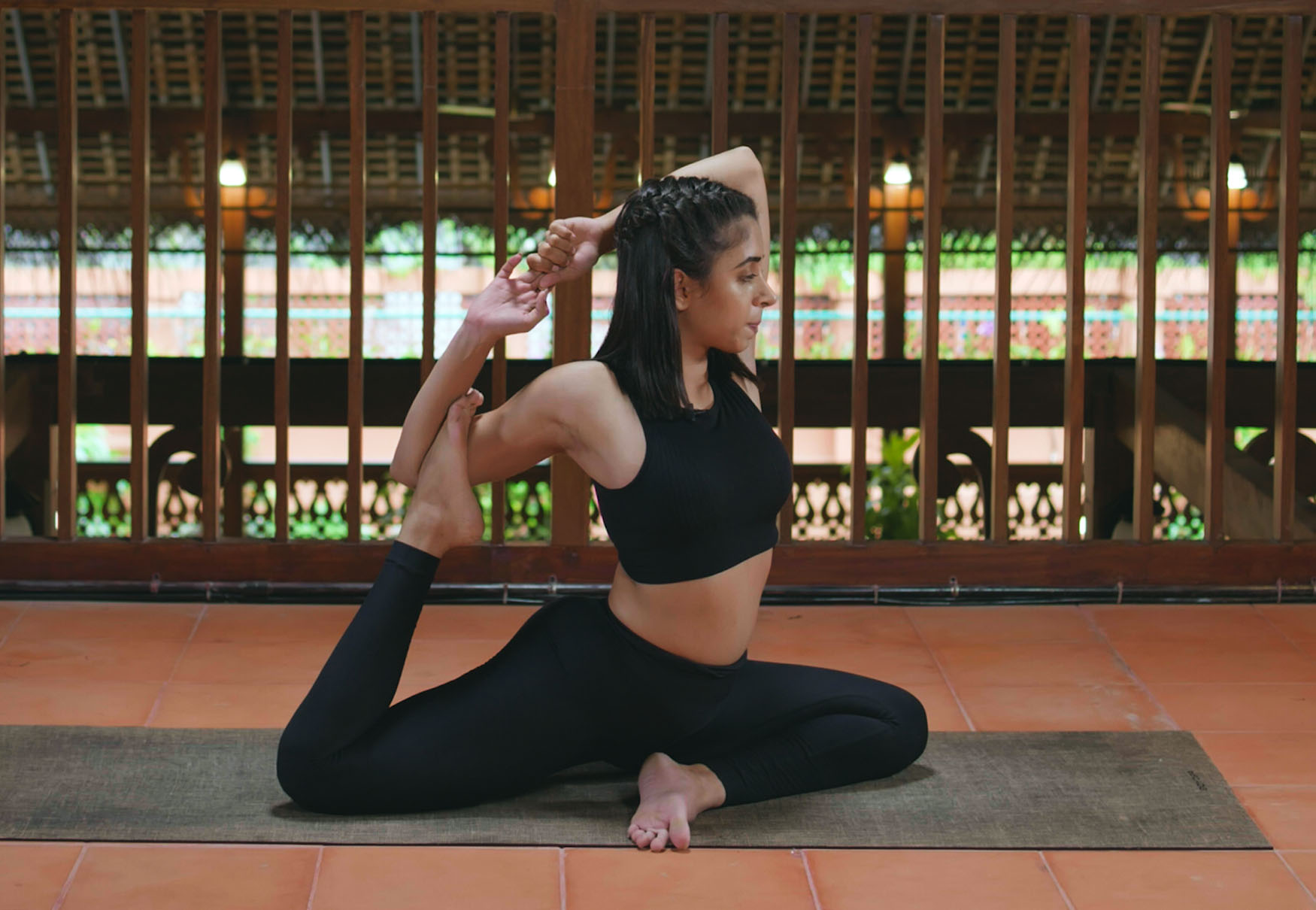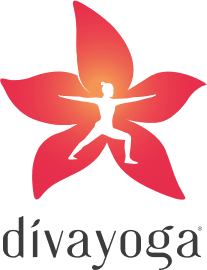Vinyasa Yoga: What Is It? How To Do? Purpose And Benefits | Sarva Yoga

What is vinyasa yoga?
Vinyasa Yoga aligns a well designed sequence of poses with the breath to achieve a continuous flow in turn developing a stronger mind-body connection. The word vinyasa translates into ‘arranging or sequencing something in a special way’. Which means, vinyasa is arranging yoga postures in a graceful, coherent sequence to bring optimum results for the practitioner. During vinyasa flow yoga, the practitioner moves his or her body through postures with the breath as key. Vinyasa flow yoga has fast become one of the most popular forms of yoga in the world due to its holistic approach and multiple benefits.
Vinyasa flow yoga was derived from Ashtanga vinyasa yoga which was founded by K. Pattabhi Jois. Ashtanga vinyasa yoga is a rigorous, disciplined form of yoga with a structure and specific advanced poses. Thus, to make the vinyasa form more approachable and free-flowing, vinyasa yoga came into being.
Types of vinyasa poses
The beauty of vinyasa flows is that it can be designed with almost any and all yoga postures. For a beginner, the best way to design a vinyasa sequence is to start from a downward facing do and add a lot of unilateral standing postures and then repeat the sequence on the other side.
For example: Downward facing dog> Warrior I> Warrior II> Reverse warrior> Triangle pose> pyramid pose and back to downward dog. Repeat on the other side.
Intermediate Vinyasa Flow (Slow and Steady Vinyasa Flow)
Characteristics of vinyasa flow yoga
Like ashtanga vinyasa yoga, vinyasa flow yoga also has specific characteristics that set it apart from other forms of yoga.
The breath connection: In vinyasa yoga, the breath is very important. While moving from one posture to another, using the breath as a connection between the two brings in fluidity and awareness to the practice.
The transition: Transitioning from one posture to another should be easy, fluid and sensible. Designing the transition is as important as designing the flow itself.
Creativity: A vinyasa flow can be designed to focus on specific aspects i.e. strength, mobility, flexibility etc. It can incorporate different props i.e. bricks, yoga wheel etc. And a vinyasa class can also be designed with a specific theme in mind e.g.: chakra balancing flow, back bending flow, detox flow etc.
Vinyasa Flow Yoga or Morning (Slow and Steady Vinyasa Flow)
Benefits of Vinyasa Yoga
Improves muscle health, helps maintain muscle mass, improves concentration and awareness of motion and improves stamina.
- Stretches muscles more intensively
- Maintains body mass proportion
- Strengthens back muscles
- Improves awareness in motion
- Improves the concentration
- Increases stamina and cardiovascular endurance
Hatha or vinyasa yoga: which is right for you?
Hatha yoga is an ancient, classical form of yoga that focuses on the energies in the body. Ha and tha represent the extremes of sun and moon, masculine and feminine, heating and cooling that exist in the body. A hatha yoga practice focuses on a more holistic approach and is practiced by a moderate level practiorioner.
Vinyasa flow yoga on the other hand involves more of a movement based practice. It increases stamina, strength and aids in weight loss as well.
Given the differences, you can choose the kind of practice and form that suits you best.
30 Minute Vinyasa Flow Yoga for Stress Relief
Sarva tips for vinyasa flows
- Dont be intimidated by the form, try it out with an experienced teacher.
- Feel free to get creative and design your own sequencing
- Focus on fun, amazing transitions
- Design sequences that suit your personal goals
- Focus on the breath and move gracefully.
